Spanish Culture: Holidays in Costa Rica | donQuijote
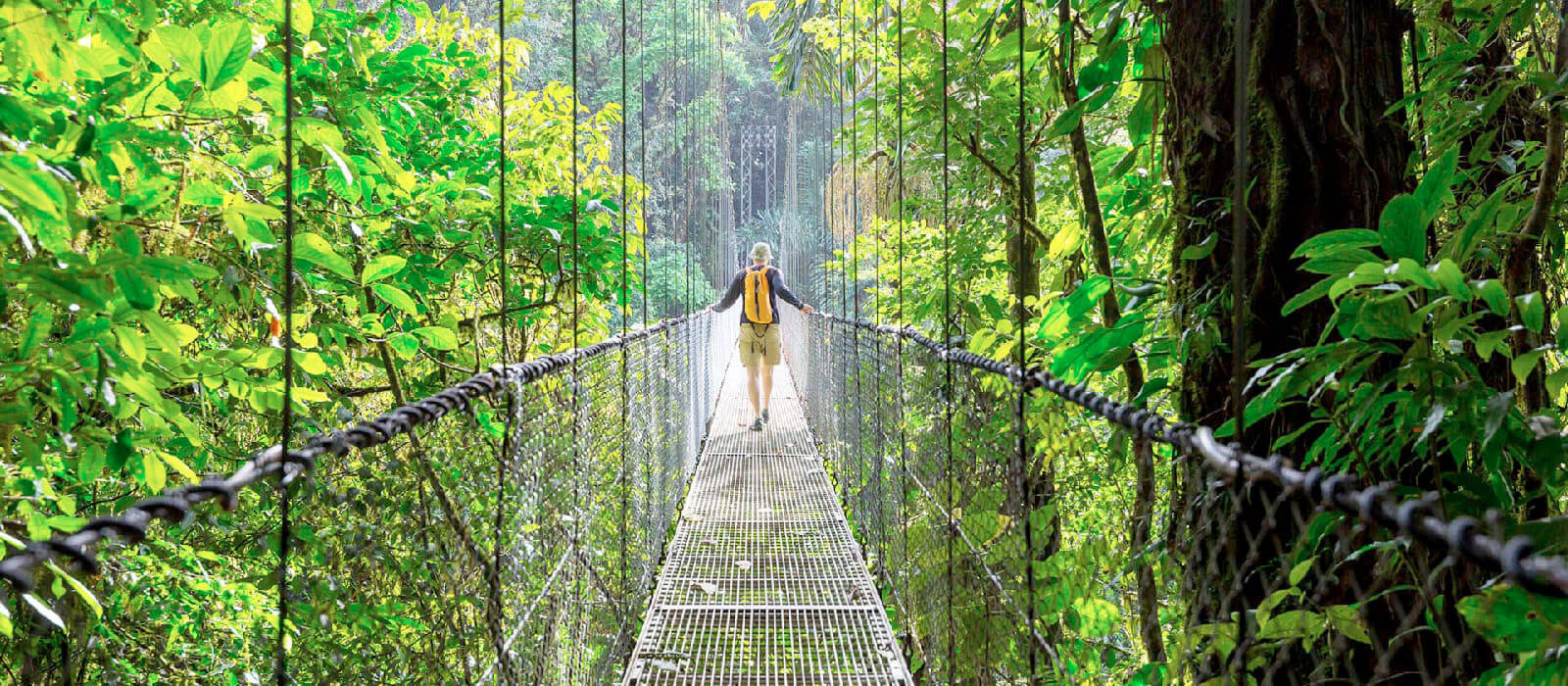
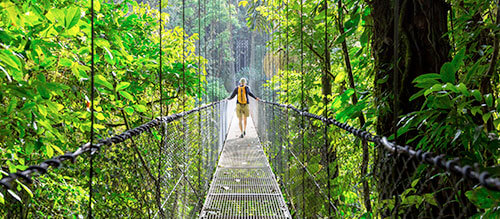



December is a period of the year full of celebrations and family events. In many countries around the world, festivities begin on the week around December 25th. However, Latinos start with some ceremonies way earlier than that.
Most holiday traditions in Latin America have to do with great food and the company of loved ones. Yet, some countries have special habits that make this time of the year a wonderful moment to pay a visit.
In this post, we show you some of their holiday customs. Click here if you want to read it in Spanish.

December 7th marks the beginning of the holiday season in Colombia. Families, friends, and neighbors light up many ornamental candles on the street.
They do it to honor the Virgin Mary and her Immaculate Conception, which is celebrated the day after.

Children in Mexico and Guatemala, among other countries, dress up as Mary and Joseph. They then participate in small parades that go door to door around the neighborhood to find shelter.
Inside, hosts offer them hot beverages, cookies, and some traditional foods such as steamed tamales. To close this ceremony, they hit a big star-shaped piñata.

In many countries around Latin America, people still preserve a very special tradition to bring the year to an end. On New Year’s Eve, they make life-size puppets with cardboard and fabric pieces.
At midnight on December 31st, they burn the puppets to get rid of all negative things and make a good start to the new year.
Frequently, these figures represent popular characters from the political arena. Every year, this tradition becomes a satirical showcase of today’s society.
Warini is the character who brings Christmas to Honduras. Covered with a mask, he dances at home on Christmas Eve accompanied by a band with drums.
These are just some of the most popular Latin American traditions for the holiday season. You may have spotted some differences with the Spanish holiday habits.
If you want to discover more about Latin customs, take advantage of your Winter Break and sign up to one of our Spanish programs. We are waiting for you!
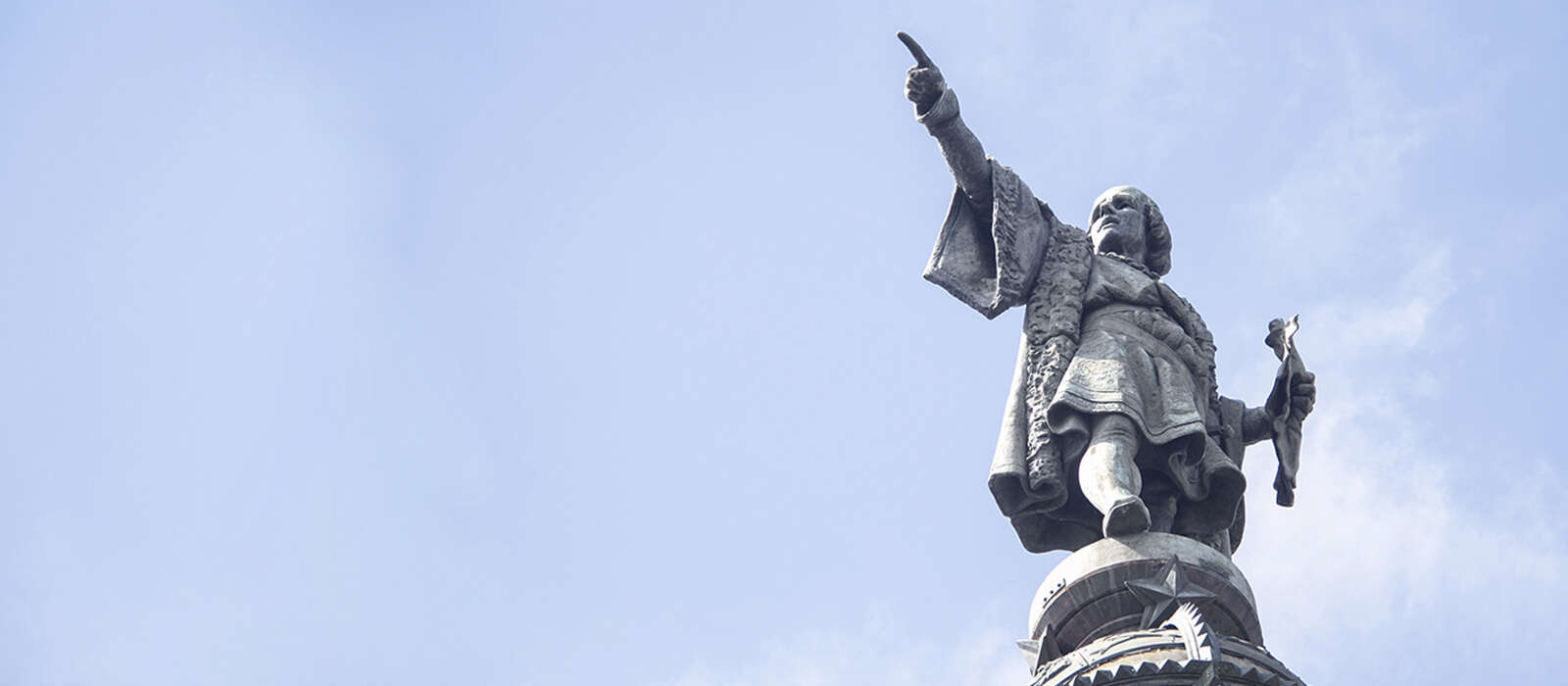
Christopher Columbus arrived to the Americas for the first time on October 12, 1492. The historic event marks an important change in the course of the history of the Western world, as it lead to permanent contact between Europe and the Americas. The day is officially observed in a variety of ways and called a variety of names in much of Latin America, the US and Spain.
Spanish law establishes it as the Fiesta Nacional de España, or the national day of Spain, although many Spaniards continue referring to it as Día de la Hispanidad, which was the former name of the Spanish holiday. The law goes on to explain that the day is commemorated because it symbolizes the expansion of Spanish language and culture beyond European borders. Spanish is spoken by 414 million native speakers, of which only 46 million live in Spain.
When the day was first celebrated in Spain in 1914, it was originally called “fiesta de la raza” in the hopes of creating a holiday that would celebrate unity between Spain and Ibero-America. Just a few years later, the Spanish priest Zacarías de Vizcarra proposed replacing the term raza with hispanidad, a new term coined for the occasion.
October 12 is still known as el Día de la Raza in some Latin American countries including Mexico. Other Latin American countries however, that once commemorated the day as el Día de la Raza have in recent years changed the name to honor diversity or to celebrate indigenous heritage. In Costa Rica, the day is known as the Día de las Culturas (Day of the cultures), in Argentina it’s Día del Respeto a la Diversidad Cultural (Day of respect of cultural diversity), in Venezuala Día de la Resistencia Indígena (Day of Indigenous Resistance), and in Bolivia Día de la Descolonización (Day of decolonization). In Cuba it is not observed as a holiday.
Many US states also observe October 12 as a holiday, where it is usually referred to as Columbus Day, but not always; attitudes about how the day should be defined are changing there also. The state of South Dakota for example now celebrates Native American Day on the second Monday of October, and the city of Los Angeles has replacing Columbus Day with Indigenous Peoples Day.
In 2010, the United Nations declared October 12 Spanish Language Day to celebrate cultural diversity and to encourage the “equal use” of all 6 of the UN’s official languages throughout the organization.
October 12 is observed in different ways in the US and around the Spanish speaking world, where it has been redefined throughout history. Today, Spanish is the second most spoken language in the world in terms of native speakers and it is spoken as an official or main language in 21 different countries.
WE ARE CELEBRATING THE DIVERSITY OF SPANISH. HAPPY "DÍA DE LA HISPANIDAD"!
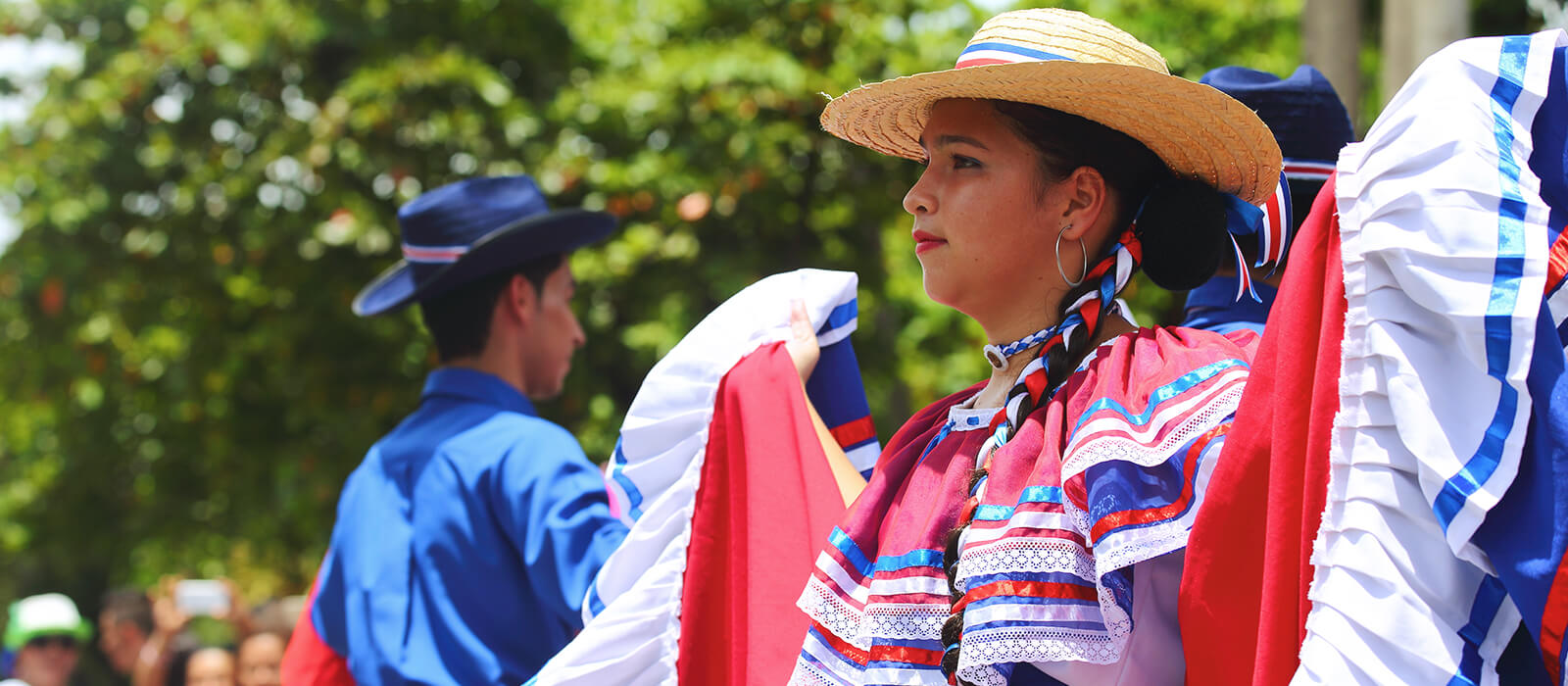
Six different Latin American countries will be celebrating their independence this weekend. Coincidence? We think not! Learn how the stories of Mexico, Costa Rica, Guatemala, Honduras, Nicaragua, and El Salvador are intertwined and how independence is celebrated today.
First, let’s crack open our history books to understand how this all came about. As you may recall, in 1492 Columbus sailed the ocean blue, landing in the Bahamas and beginning the Spanish colonization of Latin America.

In the years that followed, Spain established four viceroyalties to govern the vast territories it had conquered. The first, the Viceroyalty of New Spain, was officially established in 1535. Its capital was Mexico City, built on the ruins of a pre-Columbian city called Mexico-Tenochtitlan, the capital of the Aztec Empire, which had fallen to the Spanish in 1521. Over time, New Spain came to include present-day Mexico, the U.S. states of California, Oregon, Washington, Nevada, Utah, Colorado, Arizona, New Mexico, Texas, and Florida, parts of Idaho, Montana, Wyoming, Kansas, Oklahoma, and Louisiana, and parts of British Columbia, Canada. That’s not all — New Spain also encompassed Cuba, the Dominican Republic, Puerto Rico, the Philippines, and the Central American countries of Belize, Guatemala, Costa Rica, El Salvador, Honduras, and Nicaragua.
Mexico and Central America go their separate ways
Spain’s iron grip on the New World lasted almost 300 years, but when French Emperor Napoleon Bonaparte invaded Spain in 1808 and the Spanish King Ferdinand VII abdicated the throne, the people of Latin America saw a chance to rebel against colonial power.
Mexico’s War of Independence began on the morning of September 16, 1810 with el grito de Dolores (the cry of Dolores), when priest Miguel Hidalgo y Costilla rang the church bells in the town of Dolores (pictured below) and called on the townspeople to revolt against Spanish rule. This day, September 16, is celebrated as Mexico’s Independence Day, although it took more than a decade of fighting before the Declaration of Independence of the Mexican Empire was signed on September 18, 1821.
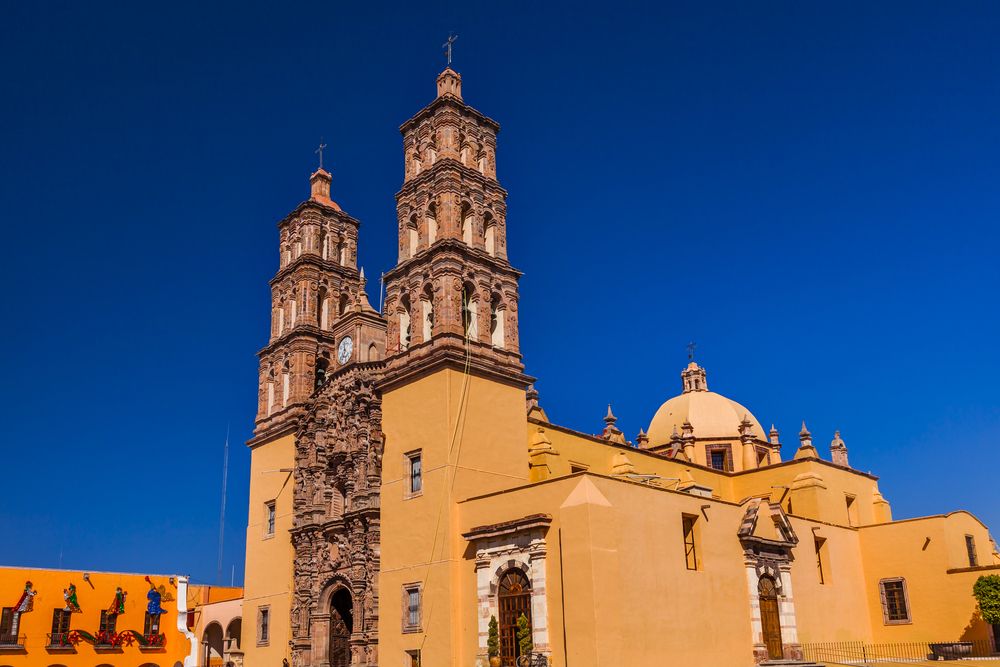
Only a few days before, on September 15, 1821, the Provincial Council of the Province of Guatemala declared the independence of Central America (not including Panama, which was part of Colombia) from Spain. There was no bloodshed. This day, September 15, is celebrated as Independence Day in Costa Rica, Guatemala, Honduras, Nicaragua, and El Salvador.

Mexico and Central America briefly reunite before a permanent separation
Shortly after declaring independence in 1821, Central America joined the First Mexican Empire. However, the deal was short-lived: just two years later, in 1823, the Mexican Empire became a republic and the United Provinces of Central America was formed, completely independent from Spain and Mexico. This union didn’t last long either; it was completely dissolved by 1841, with Nicaragua, Honduras, Costa Rica, Guatemala, and El Salvador becoming their own independent countries.
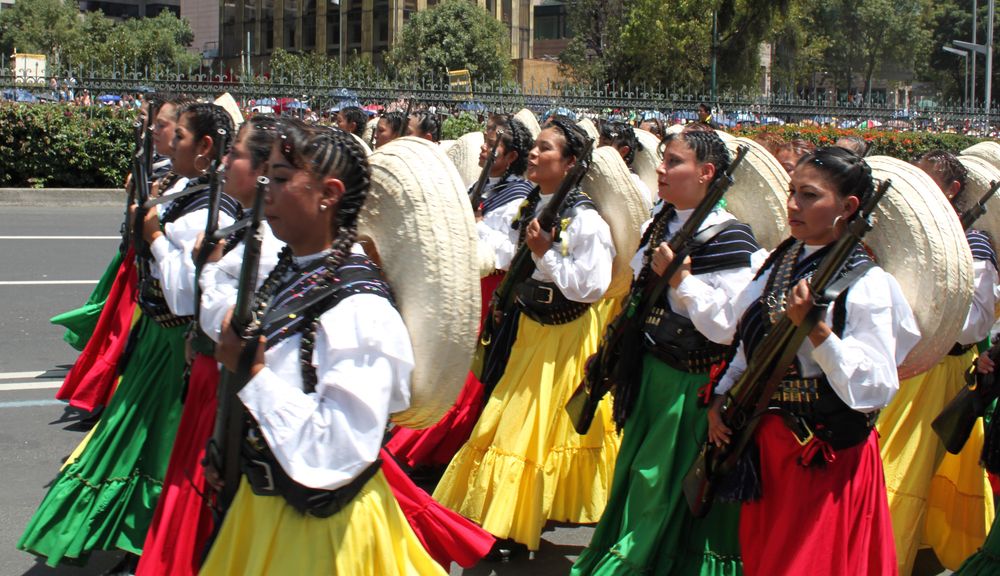
Today, Mexican Independence Day celebrations begin on the night of September 15, when the President of Mexico stands on the balcony of the National Palace in Mexico City, rings the same bell Hidalgo rang in 1810 (it’s been moved to the capital from Dolores), and recites the Grito Mexicano, based on the Grito de Dolores. Hundreds of thousands of people gather in the capital’s main plaza or Zócalo to watch, chanting back “¡Viva!” at the appropriate moments. Local politicians also re-enact the cry of Dolores in public squares throughout the country. The following day, September 16, is a national holiday with parades, live concerts, typical dress and dances, fireworks, and lots of delicious Mexican food.
In case you were wondering, May 5 has nothing to do with Mexican Independence: Cinco de Mayo commemorates the Mexican army’s victory over the French at the Battle of Puebla during the French-Mexican War in 1862.
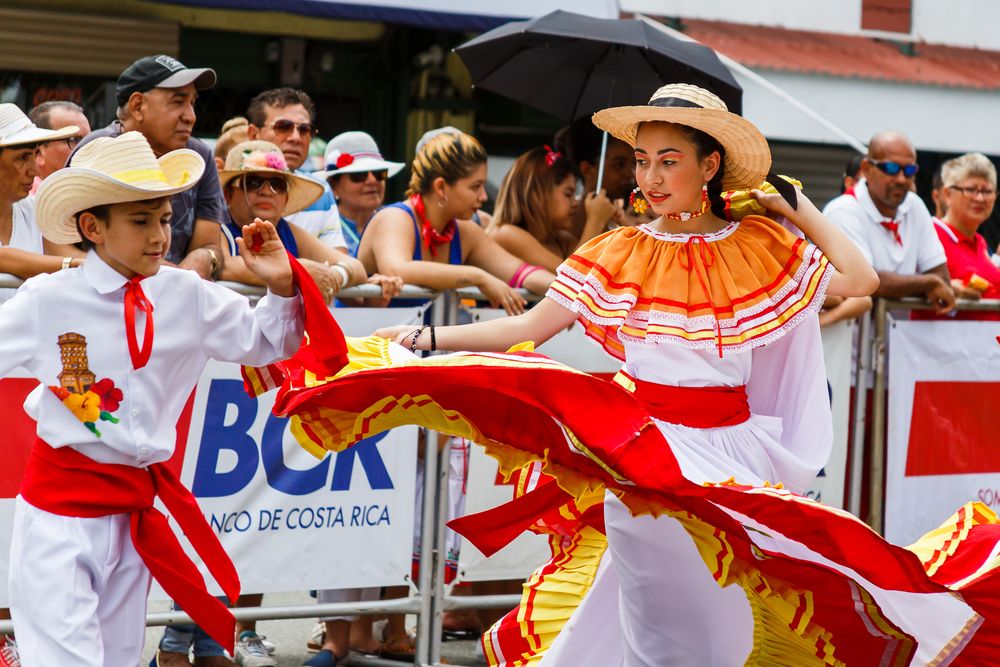
Costa Rica celebrates its Independence Day a bit differently. First, a burning torch is carried by runners in a relay through five countries, from Guatemala to Costa Rica, symbolizing the route the news of independence traveled in 1821. In that year, the news took a month to reach Costa Rica — although independence was declared on September 15, Costa Rica didn’t know it was independent until October. After the torch arrives, the whole country stops to celebrate by dressing in typical Costa Rican attire and attending or participating in festive parades complete with live bands and dancing.
If you’re studying Spanish at don Quijote in Mexico or Costa Rica this September, expect the streets and plazas to be alive with traditional celebrations and bursting with local colors and flavors.
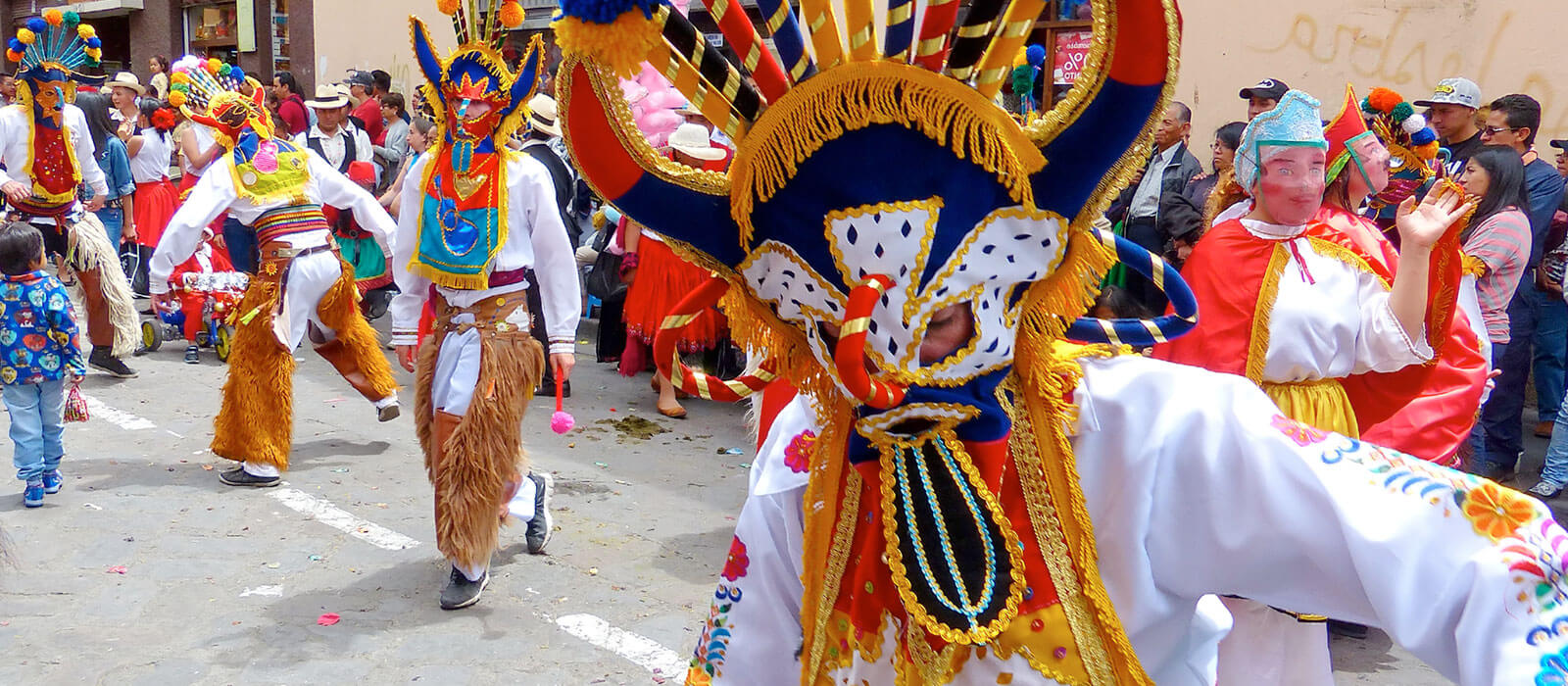
Christmas is magical in every home, and in Latin America even more so. Here, old traditions are united with more brought from Spain, all often celebrated by the warming light of a summer’s sun. All of this makes for a fascinating, curious and very colorful celebration. Would you like to know more?
First, we’ll stop in Mexico where Christmas begins on the 16th of December and its posadas- popular festivities that remember Mary and Joseph’s pilgrimage from Nazareth to Bethlehem to await the birth of their son. And the Pastorelas, theatrical displays which celebrate the shepherds’ hardships on their journey to visit the Baby Jesus. But we’ll leave the hardships aside and move on to the joyful piñatas. Mexican piñatas are special: shaped like a seven-pointed star, one for each of the capital sins and, when they are finally broken, the shower of sweets that rains down represents the reward for having resisted those temptations.

And now to Ecuador. Here there are beautiful versions of the famous Nativity Scene, representations of the birth of Jesus, where it is tradition to cover the figure of the infant Jesus until the day of his birth, on Christmas Eve. By the way, in Ecuador the little ones write a letter to Christ, at least one month before Christmas, in which they ask for gifts for having behaved well. The most colorful celebration takes place during New Year's Eve: dolls are displayed on house doors, each one a testament to things left behind in the year. At midnight, these dolls are burned to ward off any harm that may come in the following year.
In Costa Rica an impressive celebration called Tope takes place. Riders and their horses from all over the valley of San Jose, bands, even clowns and dancers take part. Another typical Christmas celebration in Costa Rica also has a humanitarian element: it is the traditional illumination of the Hospital de los Niños, a beautiful, spectacular and very emotional act. The joy continues in the Festival de Luz, a nocturnal parade in which bands play and spangling floats fill the streets with wonderful images.

A festival of light is also a fundamental element in one of Colombia's most endearing celebrations. On December 7, the Catholic’s eve of the Immaculate Conception, thousands of Colombians offer lit candles on the streets; its purpose? To guide the Virgin in her path. Equally moving is the celebration of the Novena de Aguinaldos, in which, around a manger, children and adults sing Christmas carols during the 9 days, while exchanging typical sweets and desserts.
One of the most curious Christmas traditions of Peru takes place in the town of San Pablo, between Cuzco and Pruno: the Race of the Magi. In it the kings, who are not named "Melchor", "Gaspar" or "Baltasar" but Inkarri, Mistirri and Negrorri, compete for the town’s fortune the following year. If Inkarri wins, it will be a good harvest year in the valleys of Cuzco; if Mistirri wins, the lucky region will be the altiplano with its cattle; if it’s Negrorri, there will be shortages in all the regions, but fortune will come in the form of money.

In Chile, the most characteristic and fascinating part of Christmas also has its roots in nature. Being in the southern hemisphere, December is summertime, so you can celebrate the arrival of el Viejo Pascuero (that's how they call Santa) on the beach with a cold glass of cola de mono, a traditional Christmas cocktail, a warming mix of brandy, milk, coffee, sugar, cinnamon and vanilla.
Another country that celebrates Christmas in a summer atmosphere is Argentina. It is curious and delightful to see the streets, with the sun shining down, decorated in typical winter elements. And savoring the Argentinian grill a la canasta will make most anyone’s mouth water.
With this we conclude our stroll through Christmas in some of the places in Latin America. There are many more countries to visit, many more Christmas customs... and we invite you to discover them.
And of course… MERRY CHRISTMAS TO ALL!